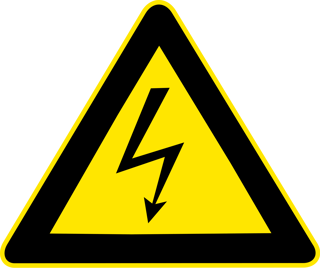When Cirris employees talk about high voltage testing with customers, we worry that some users get confused as to what exactly we mean. Do we mean hipot? A dielectric withstand test? Or something else?
High voltage testing summary
Generally, testing a cable takes place in two parts. First, a tester performs a low voltage test looking for basic errors such as opens, shorts, and incorrect wiring.
The second part of testing uses high voltage. This part of testing is not always expected, but will help find potential errors that could affect the cable later on. Many people know this part of testing as “high voltage” or “hipot” testing.
This article won’t cover details of how high voltage testing works or exactly what problems this type of testing uncovers. For more information on high voltage or hipot testing, see the article in the Cirris Learning Center called, Testing Cables with High Voltage.
High voltage vs. hipot
Those who tests with high voltage can agree that the benefits are worth the extra time and money it takes. The disagreement comes when labels are placed on high voltage testing. Some people call it high voltage testing while some call it hipot testing. Each of these terms can mean different things to different people.
Some people think hipot means only a dielectric withstand test. Others see it as covering the whole spectrum of high voltage tests. Still others associate hipot and high voltage with other meanings.
With different people defining hipot in different ways, how can manufacturers be sure they are purchasing a high voltage or hipot tester that will meet their needs?
Cirris’s Definitions
Cirris uses the terms “high voltage” and “hipot” interchangeably. For Cirris, both words refer to dielectric withstand tests and insulation resistance tests.
If you are ever speaking to a Cirris employee and worry that you each have a different definition of a word, don’t hesitate to ask for clarification. We wouldn’t want you to receive information that is incorrect because a word we used has a different definition than you’re used to.
As for Cirris products, all Cirris high voltage testers perform both a dielectric withstand test and an insulation resistance test (along with all the basic low voltage tests). Order a free demo to discover the benefits of high voltage or hipot testing.

Image via: Wikipedia
Further reading:
What Do We Mean By “Low Voltage Testing?”
A Simple Way to Shorten High Voltage (Hipot) Test Time
Master Your CH2 Test System in 3 Simple Steps